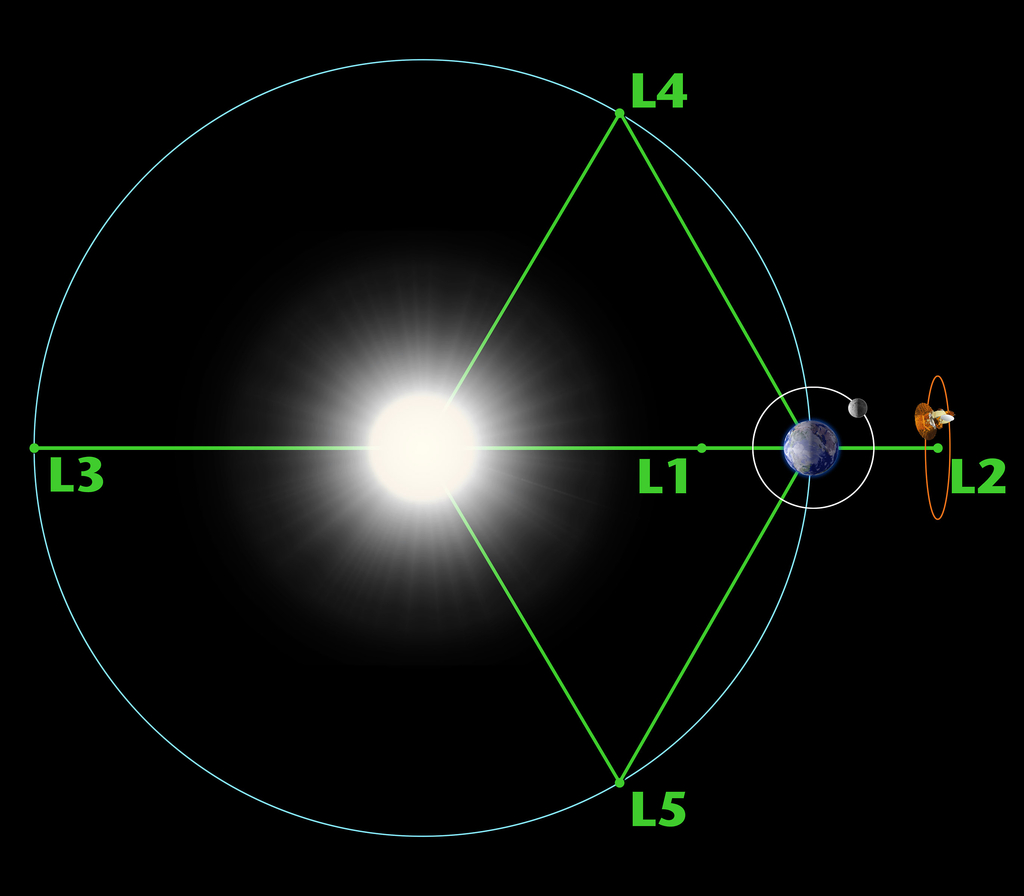2020-SO moves away from us
"Minimoon" 2020-SO just completed its closest approach to Earth and will leave escape Earth's gravitational attraction in a month.
On the 17th September, a near-Earth object named 2020-SO was observed from the Haleakala Observatory in Hawaii. Then, in December, the nature of the object became clear, notably thanks to spectroscopic analyses from another Hawaiian telescope, NASA’s Infrared Telescope Facility at Mauna Kea: the "minimoon" is a 10-by-3-meter rocket booster with a rotation period of 9 seconds. The preferred hypothesis is that it’s a leftover piece from NASA’s Surveyor 2 spacecraft, which failed to land and instead crashed on the Moon in 1966. By comparing observations of the reflective properties of the object with that of another orbiting “Centaur” rocket booster from 1971, astronomers were able to establish that the chemical composition of 2020-SO’s surface material is indeed 301 stainless steel too. It has been established that the object already orbited the Earth a few times since its accidental release in space following the crash, although it was uncertain what it was. This time, it was detected in the early phases of its approach, enabling the aforementioned studies.
Another impressive level of precision lies in the determination of the date of its closest approach (0.13 times the distance to the Moon only), which happened on the 2nd February at 21:39 with an uncertainty of just one minute! The time is given in “Barycentric Dynamical Time”, a time scale used to calculate the orbits of planets, comets, asteroids and spacecrafts in our Solar System (in practice it doesn’t differ by more than two milliseconds from our “normal” time). Other important locations when considering 2020-SO’s orbit are the Lagrangian points; these are where the gravitational forces between two large bodies (here the Sun and Earth) cancel out, which for a small object placed there in orbit implies that it is in equilibrium. This is why many satellites and space telescopes are placed at one of Earth’s five Lagrangian points. 2020-SO entered an orbit via L2 and will exit via L1. Those two points themselves have a significance: they mark the edges of the Earth’s Hill Sphere, which is the region an orbiting body must lie in to be retained by the larger celestial body. On the 8th March, 2020-SO will leave the Hill Sphere, but will remain in orbit around the Sun and regularly visit us.

The next time the artificial minimoon will come close again is in 2036, however it won’t enter the Earth’s Hill Sphere. You can find a list of more Near-Earth Objects in NASA’s catalogue, the ones with the lower magnitudes (remember magnitude is an inverted scale, an object of magnitude 19 is brighter than one with 21) are visible with our telescopes ! For many comets and asteroids, the target can be retrieved automatically when you select " Comet, asteroid or other solar system body" when starting your advanced request.
Cover Image: Trajectory of 2020-SO, NASA/JPL-Caltech
Image credits:
1- Centaur, NASA
2-Lagrange Points, NASA/WMAP Science Team
